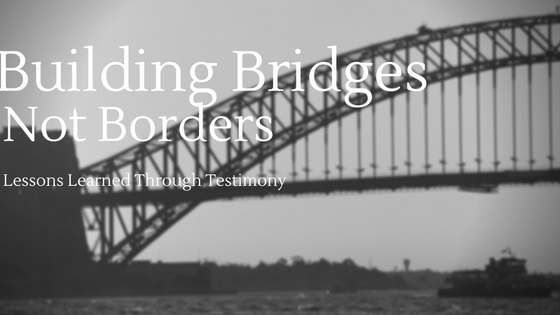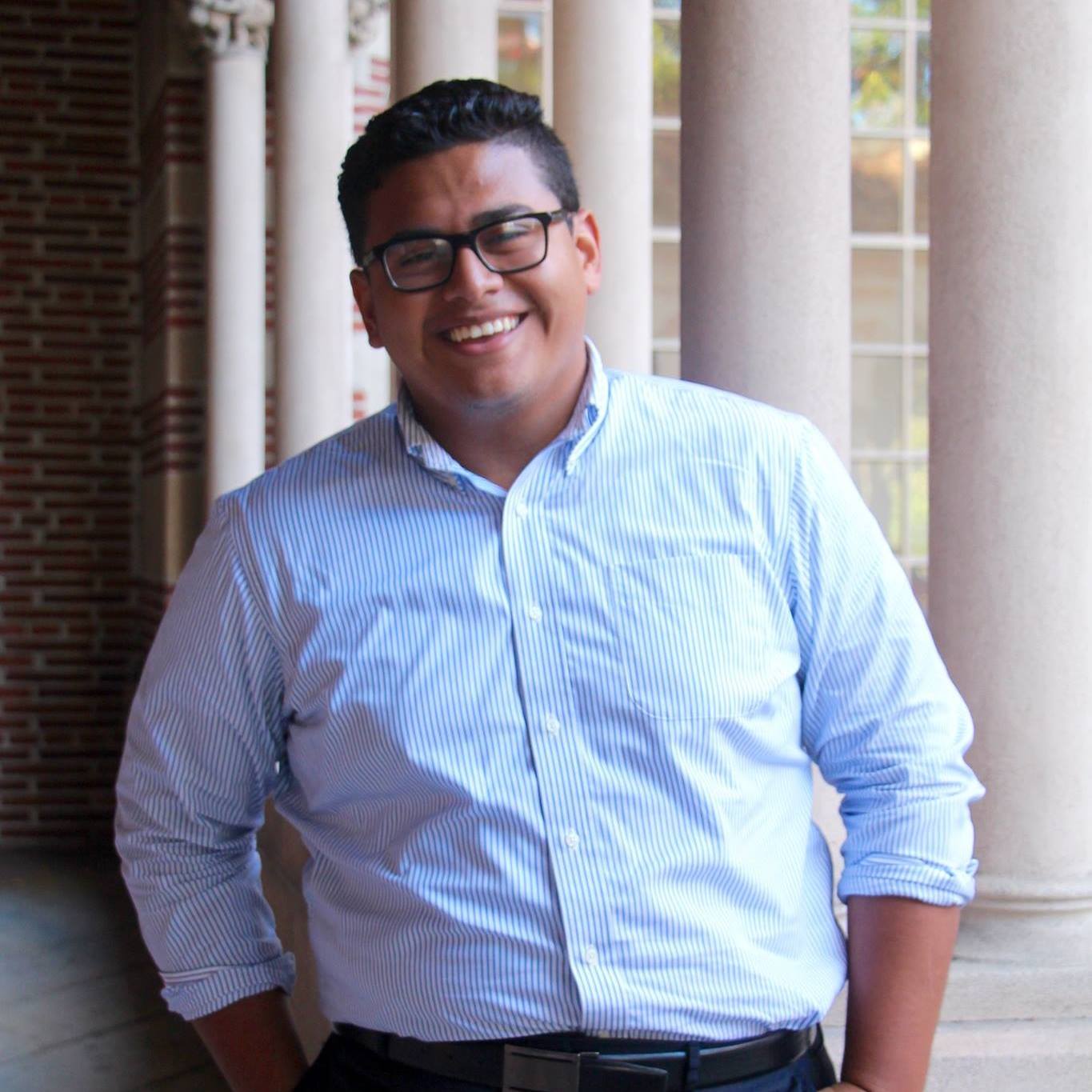Building Bridges Not Borders: Destroying the Trump Wall
 On the announcement of his Presidential run for office, Republican Presidential nominee Donald Trump made headlines when he announced his pursuit to build a wall spanning more than 1,300 miles and as high as 55 feet.
On the announcement of his Presidential run for office, Republican Presidential nominee Donald Trump made headlines when he announced his pursuit to build a wall spanning more than 1,300 miles and as high as 55 feet.
The purpose would be to make passage into the United States nearly impossible for the undocumented immigrants that attempt to cross the border every year come to the United States every year. Trump stated in his presidential bid: “When do we beat Mexico at the border? They're laughing at us, at our stupidity. And now they are beating us economically. They are not our friend, believe me. But they're killing us economically. The U.S. has become a dumping ground for everybody else's problems.” Besides, Trumps isolating statements that have depicted Mexicans as rapist, and his harmful anti-Muslim sentiment these words can place mental barriers on the people that listen to him.
Although, the plausibility of building a wall of this magnitude is questionable, it does not mean that he has not been successful at laying the foundations of the “Trump Wall.” The “Trump Wall” is being constructed in the minds of people too scared to construct bridges instead of borders, and Trump himself is laying the foundations every time he remarks negatively towards a specific group. We have learned from history and through testimony in the Visual History Archive that these mental walls are dangerous and hurt many communities of people.
When it comes to the atrocities that were committed by Hitler and the Nazi regime, against Jewish people and other marginalized groups, it has been demonstrated how isolating and toxic these types of mental barriers can be to the people being ostracized from society at large. The testimony of Holocaust survivor, Esther Clifford as she remembers the fear she felt during Kristallnacht vividly illustrates how harmful words can manifest into acts of prejudice. After hearing the loud noises of glass breaking she notes. “I looked through the blinds and saw that there were people throwing stones through the windows that I knew Jewish people lived there…And I realized that they’re breaking all the windows of the Jews.”
Clifford’s experience shows exactly what hate can turn people into and how it can make those on the receiving end feel. When someone is targeted because of their beliefs and identity it can make them feel isolated and most of all afraid to be who they truly are. This in turn can have dangerous consequences. Clifford recants seeing a synagogue that was special to her set ablaze by young people.
Clifford’s testimony highlights the isolation people feel when they are marginalized from the community based on their religious affiliation. These mental borders within the minds of the people destroying Jewish property prohibited many of them to have compassion, and understanding of people with different perspectives. This in turned made them see the Jewish people as the “other” someone different, or as we often negatively refer to people on the other side of a border: an alien. Much like testimony shows how regimes have constructed borders; testimony demonstrates how individuals can construct bridges to connect with people of different beliefs and identities.
Testimony shows how individuals can construct bridges to connect with people of different beliefs.We learn about the importance of constructing bridges and not borders from another Holocaust survivor, Manfred Lindabaum. He attended a UN summit for refugees and migrants and spoke on how he hurts for the people that cross the border and the way these people are treated. He states “I get really nervous when I’m reading about refugees. The stories are usually on page 32 and they all remind me of the past.” Lindabaum lost his mother, father and older sister in the Holocaust when they were transported to Auschwitz. He hopes to use his testimony to help people see immigrants and refugees in a better light. “Whatever it is, it’s not gong to be enough. It can never be enough, but it will help hundreds of thousands more who didn’t have a chance…If we stand by we’re the problem. If we stand up we are the solution.”
We can learn a lot from the testimony of Holocaust survivors; such as being inclusive of people with different beliefs, and understanding how to be an ally to people facing oppression and societal isolation. Not only does testimony contain knowledge of people who are wise from experience, but also it allows us to develop our skills of empathy and understanding. The more we learn more from testimony the more we decimate the mental borders that hinder us to understand the struggles of others. Build bridges not borders, vote, and open your minds to see the “other” for who they are.
*This blog is an opinion piece.
Like this article? Get our e-newsletter.
Be the first to learn about new articles and personal stories like the one you've just read.
